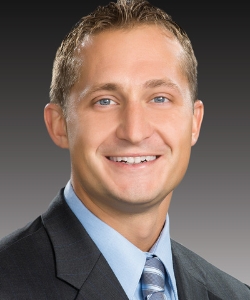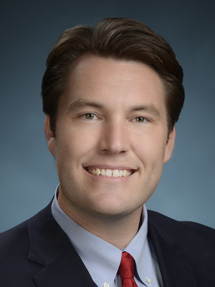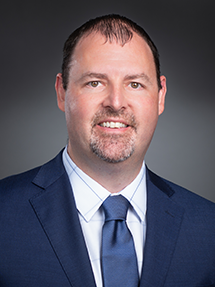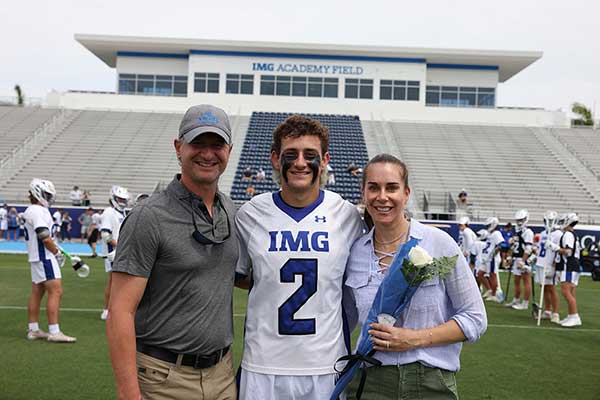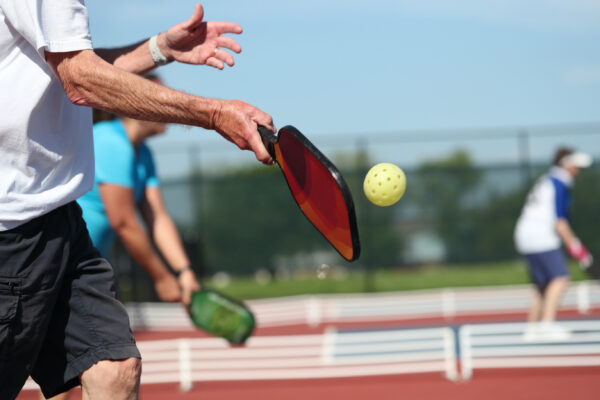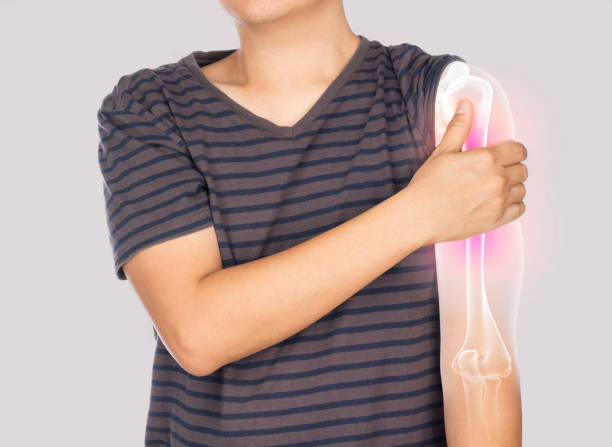What is the average recovery time for rotator cuff surgery?
It may take you between three and six months to fully recover from arthroscopic rotator cuff surgery. You can contact doctors at Sforzo for more details on rotator cuff surgery.
You can easily perform arthroscopic rotator cuff repair at home if your rotator cuff tear is not severe or persistent for several months. In this case, you may need to undergo special surgery to help treat your rotator cuff problem. Surgery for rotator cuff tears involves re-attaching the tendons to your upper arm bone (head of the humerus).
A partial tear may require only a smoothing or trimming procedure commonly referred to as debridement. As per Dr. Philip A. Meinhardt, M.D. at Sforzo, a severe tear needs stitching to place your tendons back to their original site on the upper arm bone. Before you visit our doctor for your treatment, here is everything you need to know about arthroscopic rotator cuff repair, explained by one of our best medical practitioners, Dr. Philip A. Meinhardt.
A rotator cuff is a set of muscles that surround your shoulder joints. Rotator cuff muscles play a critical role in your body by providing the power to raise or rotate your arms. As you grow older, your rotator cuff muscles become thinner. As a result, these muscles become prone to rupture at the slightest strain or trauma. Among the youth, the rupture of their rotator cuff is associated largely with significant trauma.
Normally, the rotator cuff mucles tear at the junction with the tendons where the muscles attach to the shoulder bones. When these muscles tear completely, they don’t repair themselves. So, not initiating the right type of treatment early can lead to the progression of more tears. Our experienced practitioner Dr. Philip A. Meinhardt said that consequently, these larger tears can cause progressive loss of power and motion in the affected arm.
Also, leaving this tear unattended for too long can result in less satisfactory surgical results. You’re likely to experience severe pain whenever you elevate the affected arm, feel some discomfort at night, and have restrictions in motion or power in your arm. With that in mind, make sure to go for a rotator cuff surgery or arthroscopic at the right time to save the injured shoulder muscles.
Once you realize that your rotator cuff muscles are torn, you should turn to non-surgical methods as soon as possible. If the pain persists, your caregiver may suggest an arthroscopic option. Here, you can connect with the professional Dr. Philip A. Meinhardt at Sforzo Dillingham.
Excessive and non-stop pain is a clear indication that you need surgery to repair your torn rotator cuff. Your physician may as well recommend surgery if you’re always active or using your arms for overhead activities.
Additional signs our medical practitioner has to tell you that rotator cuff surgery is necessary to include:
The arthroscopic repair for injured rotator cuff muscles comes in handy as an outpatient medical procedure. Plus, it’s the least invasive surgical option that you can use to repair your torn rotator cuff. Dr. Philip A. Meinhardt, associated with Sforzo, uses several arthroscopic techniques today to help repair a rotator cuff tear. You can connect with him anytime by going to our official website.
Here are a few options given by our professional doctor for surgery to repair your rotator cuff tear are available. They include:
As the name suggests, this is a traditional open surgical operation that includes an incision of several centimeters long. Suitable for complex or large tears. During the surgical procedure, our surgeon will make an incision over your shoulder to detach one of its muscles (deltoid) to access the torn tendon. The entire technique involves the removal of bone spurs from the acromion.
In this surgical procedure, the surgeon inserts a tiny camera (known as an arthroscope) into your affected shoulder joint. The arthroscope relays pictures on a TV screen to guide the surgeon’s small surgical instruments during the operation. Small incisions are made, making this process the least invasive method among all the right arthroscopic cuff rotator repair techniques.
The mini-open arthroscopic rotator cuff repair applies the latest technology and state-of-the-art instruments to create a miniature incision of about 3-5 cm long. The procedure also uses arthroscopy to provide access and treatment of damaged structures in your shoulder joint.
For instance, the surgeon will have to remove bone spurs arthroscopically without detaching the deltoid muscle. At the completion of the arthroscopic part of the operation, the surgeon will repair the rotator cuff via a mini-open incision. The surgeon will also view the shoulder structure directly during the tendon repair process.
The advancements in surgical options for rotator cuff repair involve less invasive procedures. Each method comes with its advantages and disadvantages. However, they all aim at helping your tendon heal properly.
Several factors determine the type of rotator cuff repair. The most important one is your surgeon’s experience, skills, and familiarity with a given procedure. The size of your tear, the quality of your torn tendon tissue, bone, and anatomy play a crucial role in a successful arthroscopic rotator cuff repair.
The good thing with arthroscopic rotator cuff repair is that it can be performed on an outpatient basis. This means that you don’t have to spend your time at the hospital during the operation. Make sure to discuss with our surgeon the best procedure that can meet your health needs and budget.
Normally, pain comes after surgery and this is part of a healing process. Luckily, our nurses and doctors will help reduce the pain to enable you to recover quickly. The best way to manage your pain is through medications prescribed by our doctor. Some of these pain-relievers include:
A combination of these medications will help relieve pain and minimize the use of opioids.
You’ll also need rehabilitation to get you back to your normal routine. Our rehabilitation process may involve:
You may experience some complications after arthroscopic rotator cuff repair. Besides risks such as blood loss and anesthesia problems, complications of this type of surgery may include:
If you suspect that you have a torn tendon on one of your shoulders, you should consider arthroscopic rotator cuff repair. This surgical procedure is recommended if the rotator cuff tear is severe.
When you go for Arthroscopic rotator cuff surgery with Dr. Philip A. Meinhardt who is associated with Sforzo Dillingham, it can significantly reduce pain, improve your arm’s mobility, and restore shoulder strength. You can schedule an appointment with our orthopedic surgeon to discuss your rotator cuff symptoms and surgery.
It may take you between three and six months to fully recover from arthroscopic rotator cuff surgery. You can contact doctors at Sforzo for more details on rotator cuff surgery.
Yes. In the hands of our knowledgeable and experienced surgeon, your torn rotator cuff can be repaired through arthroscopy surgery.
Absolutely yes. Rotator cuff repair is just like any other surgery performed where non-surgical treatments can’t offer a lasting solution
Pain is the first thing you should expect after surgery to repair a rotator cuff tear in your shoulder. With the recommended pain relievers, you can easily manage the pain during your recovery process. Other complications like stiffness, lack of motion in the arm, tendon retear, and infections may occur following the surgical procedure. Otherwise, you can wear your sling, turn to physical therapy, limit certain arm movements and go slowly into your usual activities to speed up your recovery process.
As healthcare is ever changing, Sforzo | Dillingham | Stewart Orthopedics + Sports Medicine, is doing things differently…

